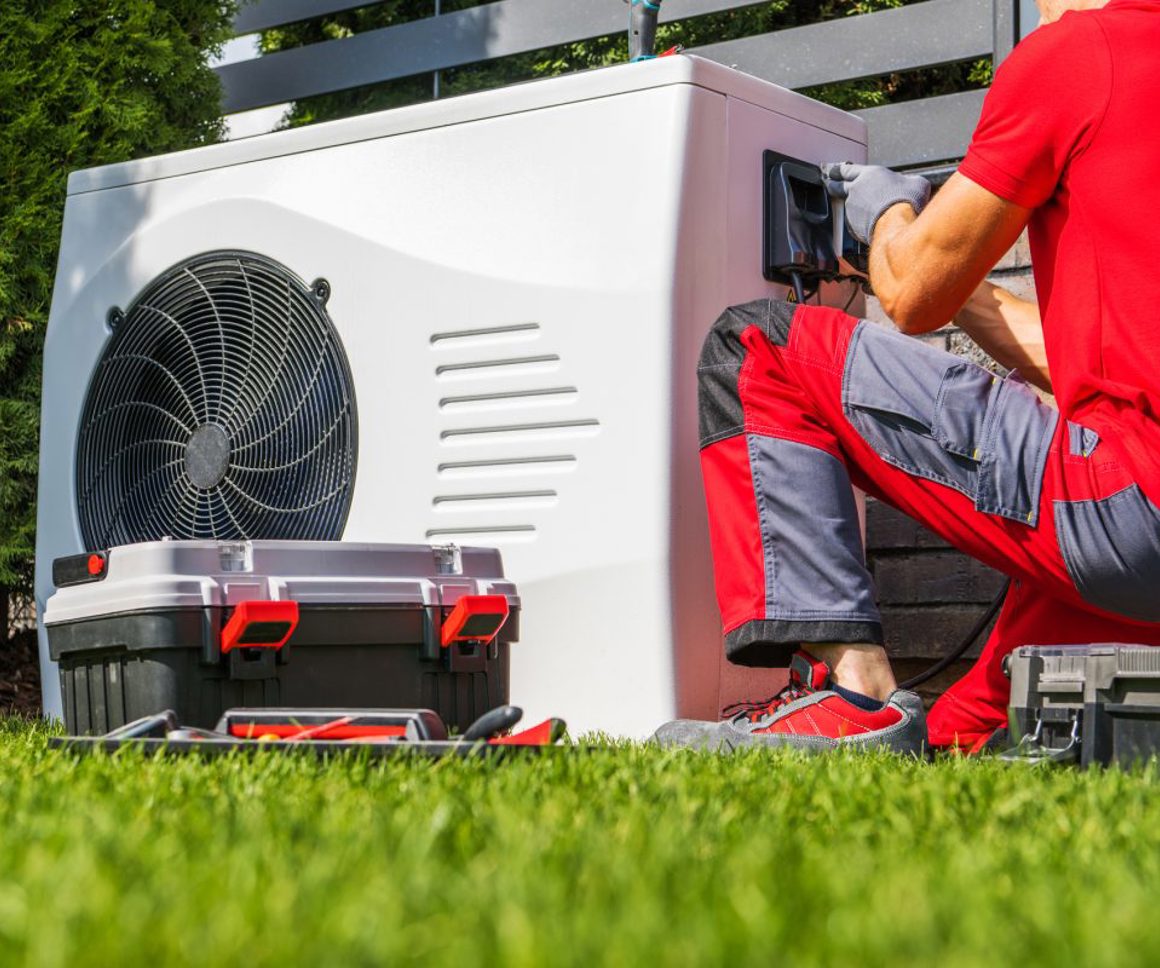Installing heat pumps: more key insights from the Electrification of Heat demonstration project
Energy transition Energy consultancy Residential researchThe blog discusses the Electrification of Heat project's findings on the feasibility of heat pump rollout in the UK. The project successfully installed 750 heat pumps in various homes, but faced challenges with space limitations, supply shortages, and approvals. It emphasises the need for clearer guidance, stakeholder collaboration, and effective customer engagement strategies.

A couple of weeks ago I shared my thoughts on engaging consumers with heat pumps – lessons from the Electrification of Heat project1. In this blog, I share some learnings from the next stages of the project: surveying homes and installing heat pumps.
The project was successful in installing almost 750 heat pumps in homes across the UK. A variety of heat pumps were installed including low and high temperature air source heat pumps, hybrids and ground source heat pumps. One of the biggest project successes was that heat pumps were installed in a wide range of homes, including various property types, sizes and ages, both on and off the gas grid, and in both rural and urban environments. This is a really encouraging result for the wider rollout of heat pumps. Interim monitoring results of the heat pumps are also very encouraging, with a median Seasonal Performance Factor (SPF) of 2.8 observed in the air source heat pumps; a higher average performance than previous trials2.
But there were also challenges experienced in getting homes through the survey, design and installation stages. In addition to consumer barriers3, one of the key barriers faced was the lack of internal or external space in some homes for fitting heat pumps4. For example, 8% of properties had too small an outside area to fit an air source heat pump unit in – and for an additional 5%, the unit would be in too close proximity to a neighbouring property that it required planning permission due to noise levels. Equally, some properties did not have enough space for a thermal store or larger radiators that were required to be fitted as part of the heat pump system. Delays were experienced in progressing some installs – for example, due to supply chain shortages5 or getting connection approvals from Distribution Network Operators (DNOs). And quality assurance checks identified issues with some heat pump designs and installations. So, what can be learnt from these stages of the project?
More clarity, guidance and support is required around heat pump design and installation
Feedback from contractors suggested different interpretations of Microgeneration Certification Scheme (MCS) standards and in some cases, insufficient guidance and training from manufacturers for specific heat pump products. Since then, there have been developments and improvements to MCS with the previous Heat Pump Standard being split into two standards6 – one for design and one for installation. But there is still a need to ensure that surveyors and designers have sufficient guidance to accurately design and install systems – especially given the volume of installs that will be needed to meet growing demand. Manufacturers, installers, MCS and Government all have a role to play in this.
There is a broader set of stakeholders who will facilitate heat pump uptake – their systems and processes need to be geared up towards an increased uptake of heat pumps
For example, DNOs need to have approval processes which can handle bulk applications. Similarly, local authorities need to ensure that planning permission rules are reasonable, and are continually reviewed alongside developments in the latest heat pump technology, for example on noise levels7.
Those managing heat pump projects needs to ensure they have effective customer engagement strategies in place
My last blog focused on how to engage customers at the start of their “heat pump journey”, but engagement is crucial all the way until after installation. Specifically, it was found that managing and setting customer expectations about the heat pump installation was important – such as how long the install would take. Taking into account customer preferences was also important – for example, around where radiators should be located within a room. Lastly, a “key facts” document can be a great way to inform consumers about their heat pump without overwhelming them with technical information. This could include, for example, assumptions on running costs.
1 The project was funded by BEIS (now DESNZ) to understand the feasibility of a large scale rollout of heat pumps in the UK.
2 This is a significant increase of around 0.3-0.4 since the Renewable Heat Premium Payment scheme (RHPP) heat pump trial was undertaken between 2011-2014.
3 See last week’s blog.
4 The other key barriers experienced including the size or the cost of the heat pump, or heating system upgrades, were too large. However, this was largely a project constraint.
5 This stage was carried out over 2020/21 when supply chain shortages hit the UK heat pump market
6 MCS announces key changes to its Heat Pump Standard – MCS (mcscertified.com)
7 Similarly, the Lords Environment and Climate Change Committee has also recommended a relaxation of Permitted Development Rights to site a heat pump a certain distance from neighbouring properties: source





